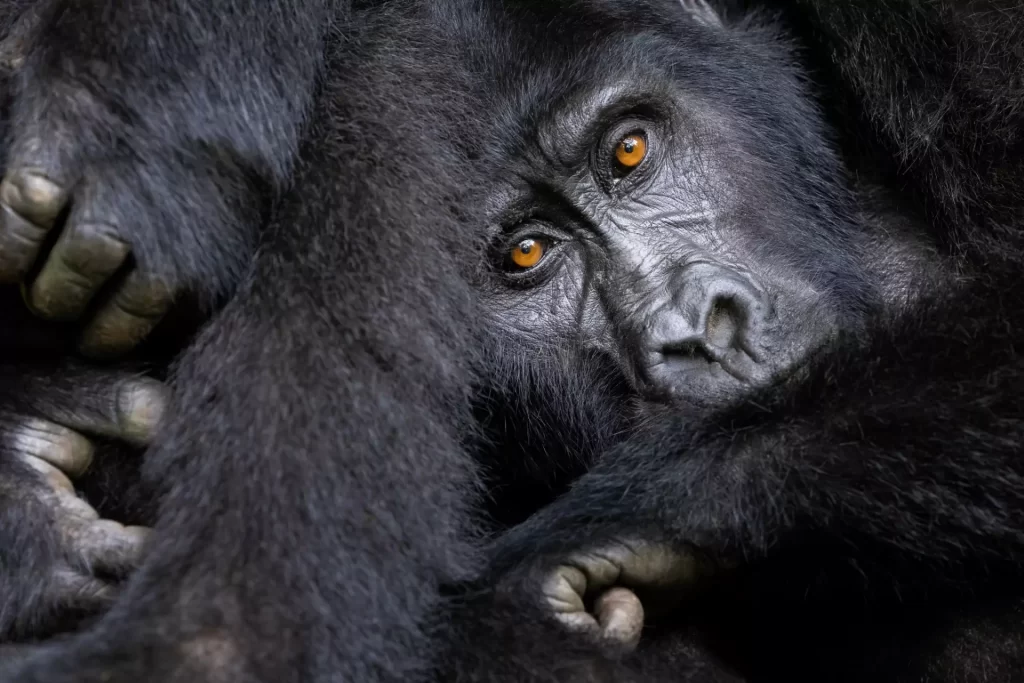
Gorilla trekking is a once-in-a-lifetime adventure that brings you face-to-face with majestic mountain gorillas in their natural habitat. Whether you’re drawn to Rwanda’s Volcanoes National Park, Uganda’s Bwindi Impenetrable Forest, or the Democratic Republic of Congo (DRC), this Gorilla Trekking Guide will help you plan a safe, ethical, and unforgettable experience.
Gorilla trekking involves hiking through dense forests to observe endangered mountain gorillas in the wild. Only 1,063 mountain gorillas remain worldwide, making this a rare and deeply rewarding experience. Treks are led by expert guides and trackers, ensuring minimal disruption to the gorillas’ habitat. Following a comprehensive Gorilla Trekking Guide is crucial for a successful trip.
Key Locations:
Dry seasons (June–September and December–February) offer easier trails and lower malaria risk. However, gorilla trekking is possible year-round! Consulting a Gorilla Trekking Guide will provide specific seasonal tips.
| Factor | Rwanda | Uganda |
|---|---|---|
| Permit Cost | $1,500 | $700 |
| Trek Difficulty | Moderate (shorter hikes) | Challenging (dense terrain) |
| Accessibility | 2-hour drive from Kigali | 8–10 hours from Kampala/Entebbe |
| Crowds | More tourists | Fewer crowds |
Tip: Rwanda suits luxury travelers; Uganda offers budget-friendly options. Booking through a Gorilla Trekking Guide can help you make the best choice for your needs.
Permits sell out 6–12 months in advance. Explore about Rwanda.
While no elite fitness is required, prepare for 2–8 hours of hiking on uneven terrain. Practice walking uphill and hydrate often, as emphasized in most Gorilla Trekking Guides.
1. How physically fit do I need to be?
Moderate fitness is sufficient. Porters can assist with gear, and breaks are allowed. Refer to a Gorilla Trekking Guide for detailed fitness tips.
2. Are children allowed?
Minimum age is 15 (Rwanda) or 12 (Uganda).
3. Can I take photos?
Yes! Use a zoom lens and disable flash.
4. Are gorillas dangerous?
No—guides ensure safe interactions. Stay calm if a gorilla approaches.
5. Why are permits so expensive?
Fees fund conservation, anti-poaching efforts, and community projects.
6. Rwanda vs Uganda: Which is safer?
Both are safe. Rwanda has better infrastructure; Uganda offers remote wilderness.
7. What if I can’t find the gorillas?
Permits include a free second attempt if gorillas aren’t spotted (rare).
Book with Nndeeafrika. Contact Us
Nndeeafrika partners with Africa’s top eco-tourism lodges/Camps to deliver luxury African safari that protect wildlife and empower local communities. Book your sustainable safari today.





